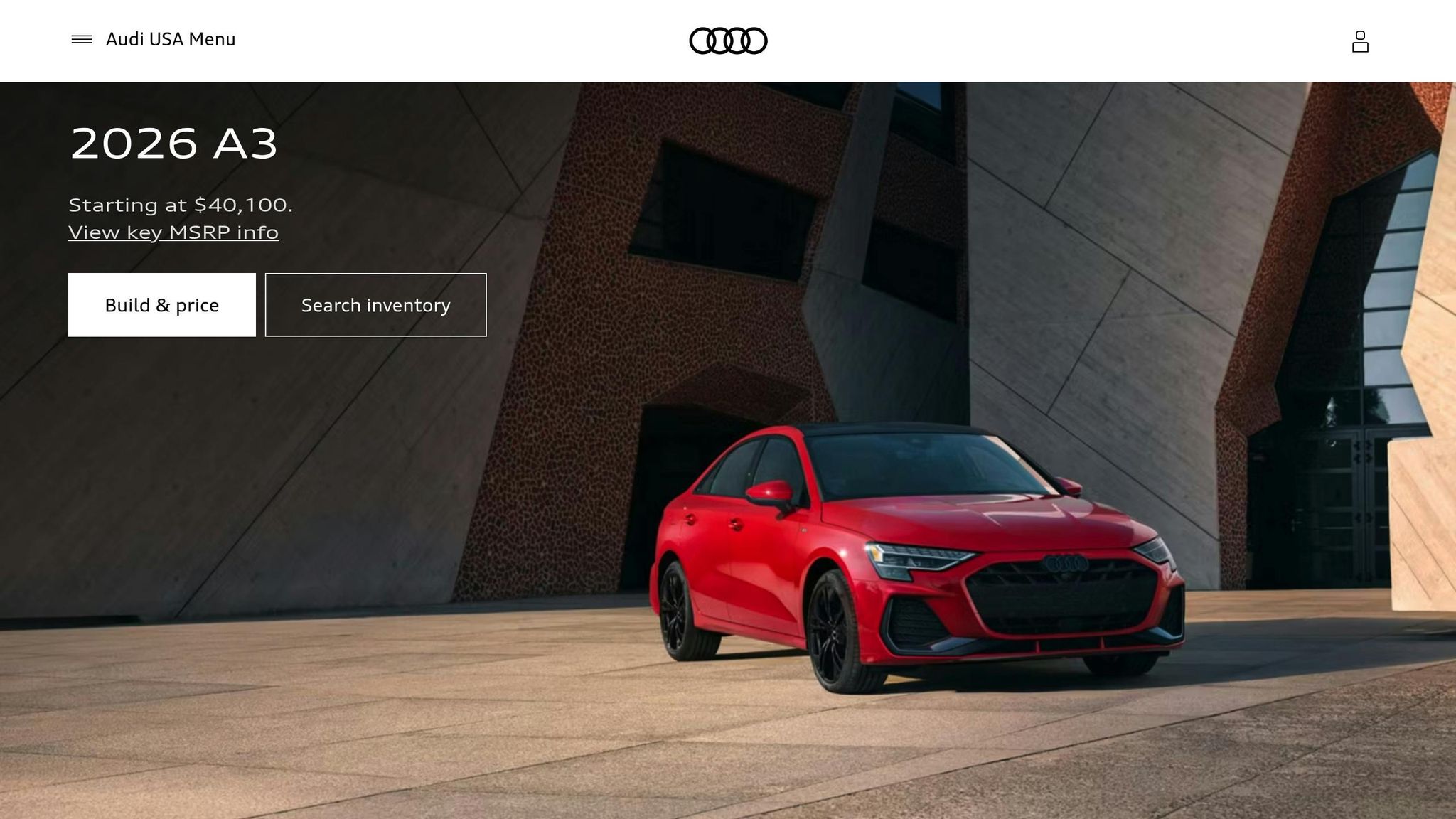September 30, 2025

Maintaining your vehicle’s appearance is more than just an aesthetic choice - it’s an investment in its value and functionality. For Audi owners, dents on tailgates or other panels can be frustrating, especially when paired with concerns about paint damage or costly repairs. Enter Paintless Dent Repair (PDR), a transformative solution that restores your vehicle’s bodywork without the need for fillers, paint, or extensive downtime.
In this article, we’ll explore the intricate process of PDR as demonstrated on an Audi A3 2023 tailgate. Whether you’re new to PDR or already familiar with its benefits, this guide will walk you through the tools, techniques, and considerations necessary for a flawless repair.

The focus of this repair is a dent on the steel tailgate of a 2023 Audi A3. The dent is located along a body line - a challenging type of damage due to the structural strength these lines provide. Body lines are not just aesthetic; they add rigidity to panels, which makes them more resistant to deformation but also harder to repair precisely.
This particular dent also includes:
The goal of PDR is to restore the panel to its original form, preserving the factory paintwork and avoiding the need for filler or repainting.
The first step is to clean and assess the damage. Using a clean, degreased surface ensures there are no contaminants that could interfere with the repair process. Removing surrounding components like the number plate light or interior trim provides better access to the back of the panel.
"I always ensure the area is properly degreased and free from polish or dirt. This allows my tools and glue tabs to work effectively." – Martin Saddler, Dent Remover
Using specialized glue (in this case, Mega Power Green Glue), a tab is attached to the central part of the dent. This "glue pull" gently lifts the metal, alleviating tension and reducing the bulk of the damage. Tools like a slide hammer are then used to apply controlled force to the glue tab.
Key insights from this step:
"Glue pulling is much cleaner and faster for lifting bulk metal compared to using bars initially. It’s the perfect starting point before finer corrections." – Martin
Once the bulk of the dent has been lifted, attention shifts to the crown. Using a hammer and knockdown tools, the crown is carefully tapped down to release tension. This step ensures the surrounding panel remains smooth and doesn’t develop high spots or additional distortions.
After glue pulling and crown tapping, Martin transitions to precision work using a PDR bar. A double-bend screw tip bar with various interchangeable tips is ideal for accessing the back of the dent. Here, the focus shifts to meticulously pushing out low areas and refining the body line.
Key considerations:
"Body line dents are tougher to fix because of the structural strength they add to the panel. But with the right tools and patience, you can restore them perfectly." – Martin
One of the critical steps in achieving a flawless finish is inspecting the repair from different angles using a PDR light board. This reveals any remaining imperfections, such as subtle "tram lines" or low areas not visible from the primary angle.
"The repair might look great from one angle, but cross-checking ensures it looks perfect from all perspectives." – Martin
After the dent is completely removed, any light scratches on the clear coat are polished out. Components like the number plate light and trim are reinstalled, leaving the panel spotless and restored.
A repair like this typically takes 2-3 hours, depending on the severity of the damage. While it requires patience and precision, PDR is significantly faster than conventional methods involving fillers and repainting.
For those interested in the technical side, here are some of the standout tools used in this repair:
Paintless Dent Repair is not just a repair method - it’s a skillful art form that combines precision, patience, and expertise. Whether you’re a vehicle owner looking to restore your car or someone curious about the process, understanding PDR provides insight into how modern techniques can deliver like-new results without the downsides of conventional bodywork.
For Audi tailgates and beyond, PDR stands out as a professional, efficient, and environmentally friendly solution. With proper tools, expert hands, and attention to detail, even the toughest dents can disappear like magic.
Source: "Complete Guide to FIXING an Audi DENT to Perfection, with Paintless Dent Removal" - Dent-Remover, YouTube, Sep 6, 2025 - https://www.youtube.com/watch?v=vTI4DB1d3wg
Use: Embedded for reference. Brief quotes used for commentary/review.